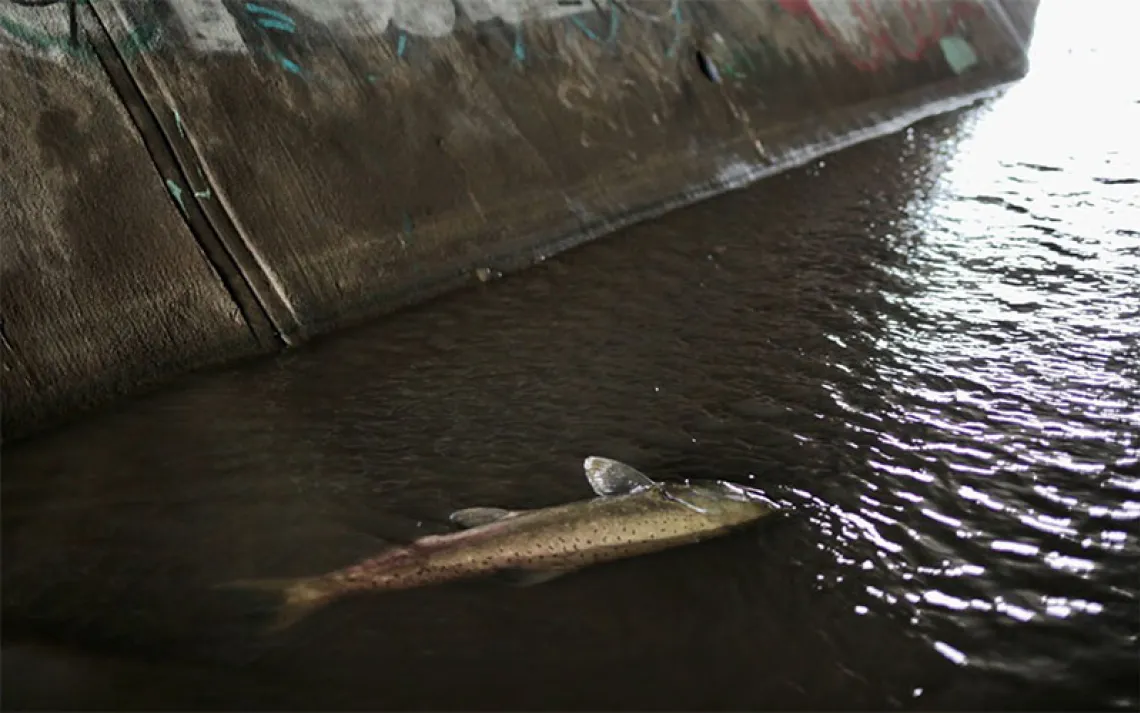Thorns Don't Bother This Wildlife Refuge Manager

Gisela Chapa, Alamo, Texas; Santa Ana National Wildlife Refuge manager. | Photo by Palacios Photography
"Often kids see nature as beautiful if they're looking at a picture of a super-big, thick forest. If they see a plant that has thorns, they say, 'It's not pretty.' I want them to see the beauty of our local ecosystem here in the Rio Grande Valley.
"Santa Ana National Wildlife Refuge is one of the most biodiverse places in the country. But when I became the refuge manager two years ago, I realized that many people in the community didn't know we existed.
"We've partnered with local elementary schools in a high-poverty area a few miles from the U.S.-Mexico border and are creating school-yard habitats. Instead of Bermuda grass and oak trees, we're landscaping with native plants—many with thorns—that are much more valuable for the birds and butterflies in our region. Teachers are now using these spaces as outdoor classrooms.
"There are many barriers preventing the local community from connecting to our refuge. Most of the students are Hispanic and speak primarily Spanish at home. So we are planning to offer workshops and tours in Spanish. People also have fears about safety, since the refuge is right on the border.
"There can be a negative association with the outdoors. I understand this feeling. I grew up in Mexico, in a more urban environment. I've been interested in nature from a young age, but it always had a little bit of stigma in my family—it was dirty; it was hot; there were bugs. Over time, I've become a channel for my whole family to learn about nature.

Make every day an Earth Day
Get articles like this one sent directly to your inbox.
With this action you affirm you want to receive Sierra Club communications and may vote on policy designated by the Sierra Club Board.
"Already, we're seeing a shift in the community. Schools are organizing more field trips to the refuge, and students are bringing their families back to visit. The best way to connect students and their families to the refuge has been to bring the refuge to them first."
This article appeared as "The Point of Thorns" in the January/February 2016 print edition of Sierra.
Santa Ana National Wildlife Refuge
Santa Ana National Wildlife Refuge was established in 1943 to protect migratory birds. Within its 2,088 acres, 403 bird species have been documented, the second most in any U.S. refuge.
 The Magazine of The Sierra Club
The Magazine of The Sierra Club



